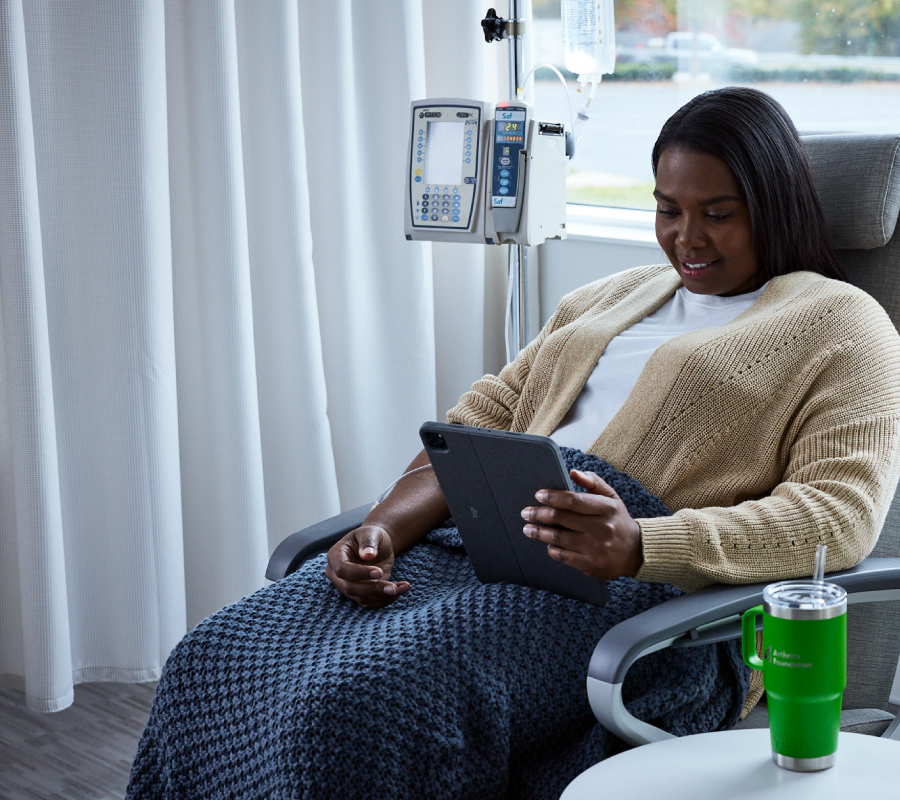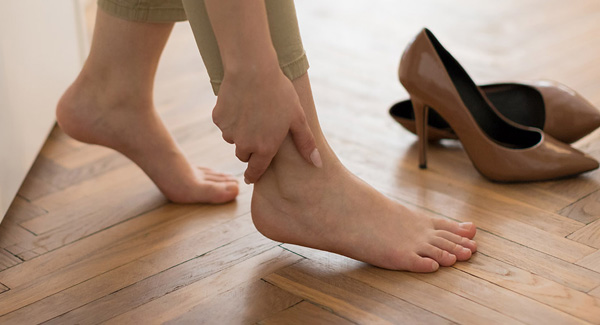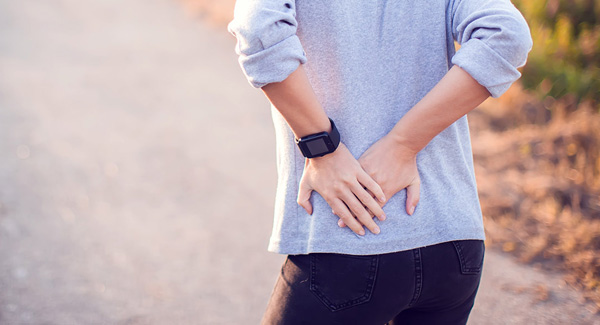When Elbow Pain May Mean Arthritis
Many forms of arthritis and related conditions cause problems like pain, stiffness and swelling in the elbows.
If you are experiencing pain, swelling and stiffness in the elbows, you may have one of the following types of arthritis or related conditions.
Rheumatoid Arthritis
Rheumatoid arthritis (RA) is a chronic inflammatory disease that occurs when the immune system mistakenly attacks the lining of joints and sometimes the internal organs. The result can be joint pain, swelling, inflammation and loss of function. The elbow is commonly affected in people with RA. This disease tends to affect similar joints on both sides of the body (both elbows).
Osteoarthritis
Osteoarthritis (OA) is the most common form of arthritis. Also known as “wear and tear” arthritis, OA is a chronic condition caused by the breakdown of the cartilage, which cushions the ends of the bones where they meet to form joints. This breakdown causes the bones to rub together, causing stiffness, pain and loss of joint movement. In the elbow, OA can cause pain when rotating or extending your arm or a clicking sensation around the elbow joint. Elbow OA is often the result of overuse or an injury.
Juvenile Arthritis
Juvenile arthritis is the term used to a group of diseases that affect children and teens age 16 or younger. There are different types of JA that can cause pain and swelling in several joints, including the elbows.
Tendinitis
Tendons are fibrous tissues that connect muscles to bones. They can be found in the elbow and other areas of the body. Tendons can become inflamed and painful due to overuse, a condition called tendinitis. Tennis and golfer’s elbow are common types of this condition.
Bursitis
Inflammation of the bursa (a small fluid-filled sac) at the tip of the elbow can cause pain, swelling and stiffness.
Lupus
Lupus is a chronic autoimmune disease that causes the body's immune system to mistakenly attack healthy tissues, including the joints, skin and some internal organs. The joints farthest from the torso, such as those of the hands and feet, are most commonly affected by lupus. However, elbow joints can be affected too. People with lupus may develop a skin rash on the elbows. Tendinitis of the elbow is also relatively common in people with lupus.
Psoriatic Arthritis
Psoriatic arthritis is form of arthritis accompanied by the skin disease psoriasis. Tendons may also become inflamed and cause pain (often around the heel or in the elbow).
Getting a Proper Diagnosis
Other common sources of elbow pain includes fractures, sprains, strains and dislocation.
Arthritis is difficult to self-diagnose. Talk with your primary care doctor as soon as possible about your symptoms. You may be referred to a rheumatologist or orthopedist to get an accurate diagnosis so you can get the medical care you need. Left undiagnosed and untreated, your condition may worsen and cause disability.

Stay in the Know. Live in the Yes.
Get involved with the arthritis community. Tell us a little about yourself and, based on your interests, you’ll receive emails packed with the latest information and resources to live your best life and connect with others.


